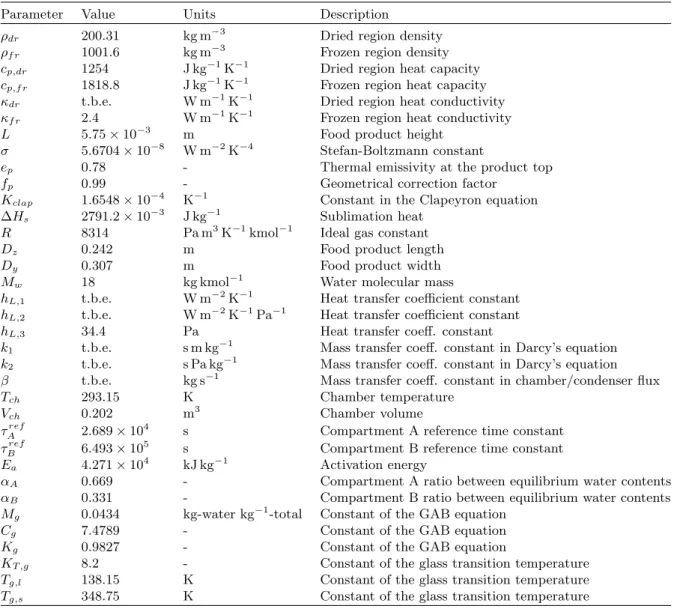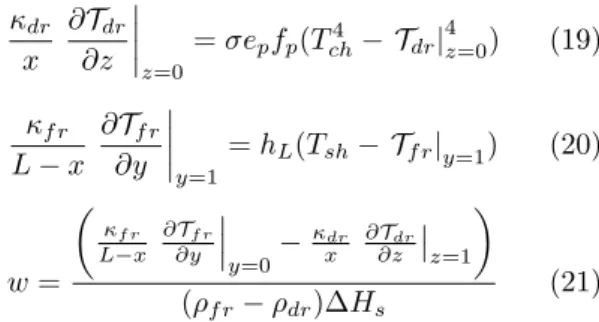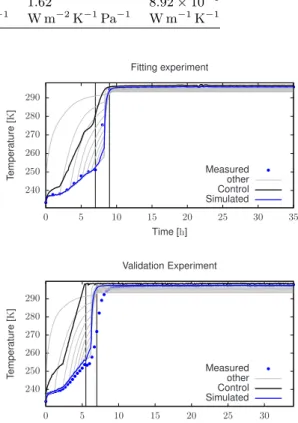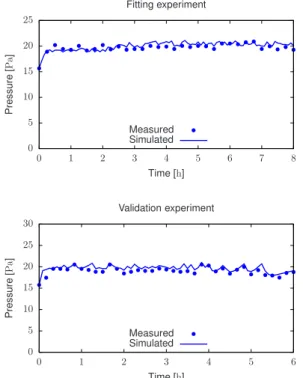TítuloAn operational model for the optimal operation of the freeze drying process
Texto completo
Figure




Documento similar
More specifically, we investigate whether a simple causal approach outperforms the forecasting accuracy of linear and nonlinear univariate models such as ARMA and
• We present a theoretical analysis of a WLAN operating under the VoIPiggy scheme for the throughput of the WLAN, its capacity region (i.e., the number of voice and data flows that
From the available capacity of the underlying links as given by the linearized capacity region, we propose two routing algorithms (based on multipath and single path) that find
First we infer the sequence of topological relations between the robot (seen as a region) and each region of its environment in order to navigate from one initial region to the
– evolution with solar cycle (polar and active region fields) – Active region evolution for space weather studies.. – surface flows via
● Correlation plots allow us to infer the spectral index of the whole emission in the region.. ● Correlations between WMAP 23, 33 GHz and QUIJOTE 11, 13, 17 and 19 GHz are computed
The clo- sure is quantified by comparing the predicted event counts in MC simulation to those found in data in a ‘validation region’, defined as the region containing the events with
In this article we have used a realistic human head model exposed to EMF in the near-field region employing a hybrid framework based on electromagnetic field theory, heat

